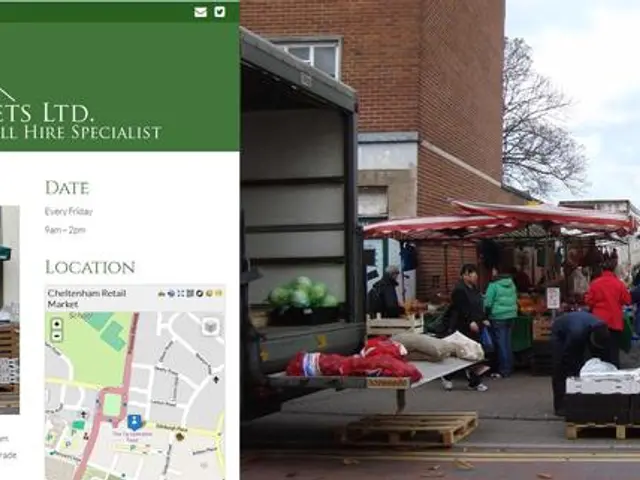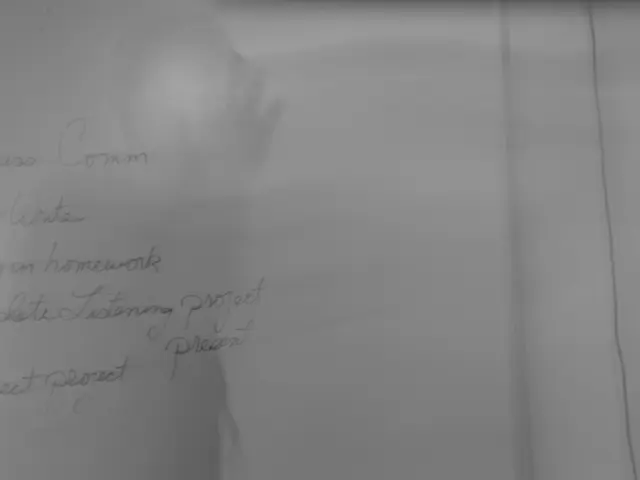Space debris shower observed in Spain following disintegration of a Chinese rocket in orbit.
Headline: Mystery Fireball Over Spain and Balearic Islands Solved: Starlink Satellite, Not Chinese Rocket Debris
On the night of August 10, 2025, residents across Andalusia, Murcia, Valencia, and the Balearic Islands witnessed a spectacular fireball streaking across the sky. Initial reports suggested that the fiery spectacle was debris from the Chinese Jielong-3 rocket's fourth stage re-entering the atmosphere. However, further analysis has revealed a different story.
The Jielong-3 rocket, launched on August 8 from China, did indeed leave its fourth stage in orbit, which re-entered the Earth's atmosphere over southeastern Spain. But the bright fireball observed was not caused by Jielong-3 debris. Instead, renowned astrophysicist Jonathan McDowell identified the event as the atmospheric re-entry of a Starlink satellite (Starlink 30199) owned by SpaceX.
The Starlink satellite broke apart while traveling at about 29,000 km/h, covering approximately 900 km starting over the Atlantic Ocean and passing northeast across the regions mentioned above. The satellite re-entry was captured by meteor detection stations at various locations, including Balones-Alacant, Bartolo-Benicàssim, Benamaurel-Granada, Blesa, Esparreguera, Estepa-Sevilla, and Sant Mateu.
The Jielong-3 rocket's fourth stage's re-entry was analysed by Professor José María Madiedo, and while it did indeed disintegrate over the south and east of the Iberian Peninsula, it was not the cause of the fireball phenomenon witnessed on August 10.
Interestingly, two days before the Jielong-3 disintegration, the SMART Project detected the entry into the atmosphere of a bright and fast perseid, visible even in daylight. The perseid, a fragment of the Swift-Tuttle comet, entered the Earth's atmosphere at 217,000 kilometers per hour and did not completely disintegrate. Instead, it returned to space with a modified orbit after its brief passage through the Earth's atmosphere.
The SMART Project, a collaboration between the Calar Alto Observatory and the IAA station in Sierra Nevada, aims to track and analyze fireballs and re-entries, both of natural and artificial origin. The project's detectors are located in facilities in Almería, La Hita (Toledo), Sierra Nevada, Otura (Granada), Huelva, and Seville.
The fireball was added to the Research Network of Fireballs and Meteorites' list, a testament to the ongoing efforts to understand and document such cosmic events. Despite the initial confusion, it's clear that the night sky over Spain and the Balearic Islands provided a unique and unforgettable cosmic show on August 10, 2025. Thankfully, there have been no reported impacts, damage, or ground debris associated with the event.
The average speed of the Starlink satellite (30,000 km/h) was significantly higher than that of the perseid fragment detected by the SMART Project (217,000 km/h) two days before the Starlink reentry. The astronomers involved in the SMART Project mainly focus on environmental-science aspects, such as fireballs and re-entries of both natural and artificial origin.




